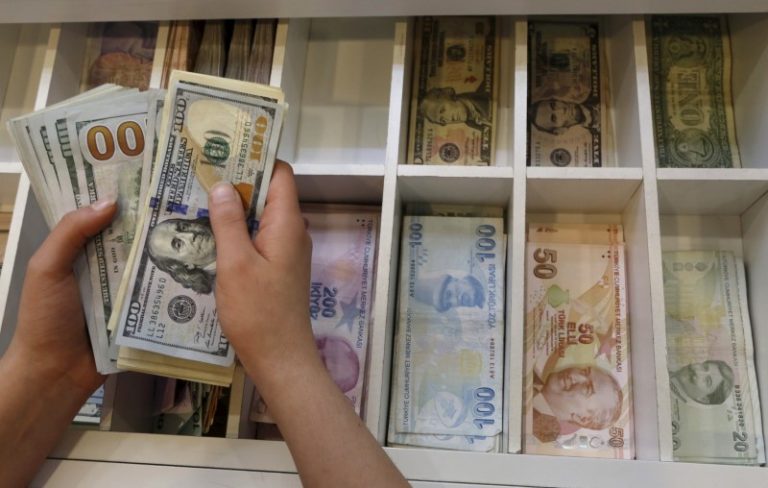Investing.com — Turkey has announced a 30% increase in the monthly minimum wage, which will rise to 22,104 liras ($627) for 2025, up from 17,002 liras. This move, announced by Labor Minister Vedat Isikhan on Tuesday, aligns with market expectations. The increase will impact a significant portion of the country’s labor force, as more than a third earn minimum wage.
This wage hike is seen as a positive step by investors who were hoping for concrete measures to combat one of the world’s highest inflation rates and a shift away from populist policies. However, there were concerns that any increase above 30% could disrupt the central bank’s inflation forecasts and complicate the timing for a potential first interest-rate cut since February 2023. Minimum wage levels are a key factor in Turkish economic policy.
The country’s policymakers are anticipating a slowdown in price growth, with expectations of a decrease to 21% by the end of next year from the current rate of 47.1%.
President Recep Tayyip Erdogan, who has the final authority on this politically sensitive decision, has previously significantly increased salaries to gain support from voters grappling with one of the worst cost-of-living crises in decades. This move has spurred domestic demand, making it more difficult for the central bank to manage prices.
Following his reelection in May last year, Erdogan appointed a new team to repair the damage caused by the implementation of unorthodox policies, including ultra-low rates. This team, which includes Finance Minister Mehmet Simsek and Central Bank Governor Fatih Karahan, has quickly raised borrowing costs to 50% and received recognition from foreign entities.
Despite these efforts, officials are still struggling to convince local businesses and households that they can control prices and restore welfare.
This article was generated with the support of AI and reviewed by an editor. For more information see our T&C.

